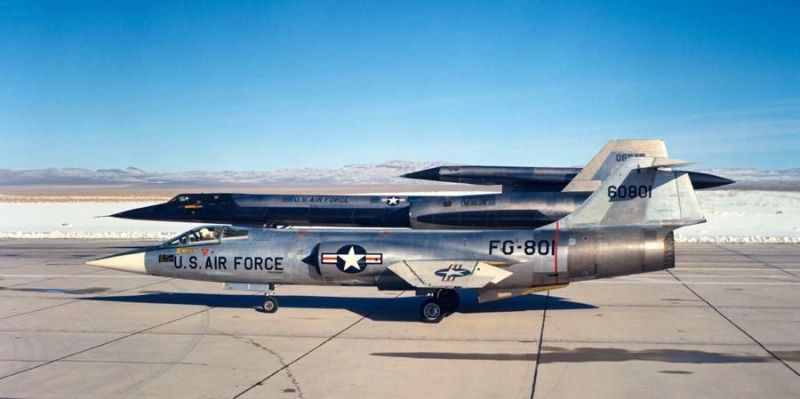
Development of the D-21 began in 1962 as a result of the shoot-down of Gary Power’s U-2 a couple years prior. The CIA and USAF requested a high-speed, high altitude unmanned aircraft, and the Skunk Works responded with a design strongly resembling the Oxcar/Cygnus. The Q-21, as it was then called, would be carried by a modified A-12, and would be propelled by a modified Marquardt RJ-43 ramjet, which was originally designed for the Bomarc SAM. Less than two months after the initial request, Lockheed presented a full-scale mockup of the Q-21; in the meantime, the CIA had cooled on the idea, but the USAF was interested in adapting the design for to serve as either a recon platform or as a cruise missile. In March 1963 Lockheed was awarded a contract to develop the drone. The design would carry a camera with its film magazines and the navigational systems in a detachable “q-bay” below and behind the intake, which would be released after the drone passed over its target and flown to a recovery zone. The hatch would then be snagged in mid-air by a JC-130 in a maneuver similar to that carried out by C-119s retrieving capsules from CORONA satellites a few years prior. The enclosure would also float, in case the C-130 missed. In late 1963 the project was given the code name TAGBOARD, and the designation was changed from Q-21 to D-21 (D for “daughter”) and the two A-12 carrier planes were designated M-21 (M for “Mother”). The last two A-12s (60-6940 and -6941) in the build line were completed as M-21s, which mainly involving adding a second cockpit for the launch control officer (LCO) to the “q-bay” and a pylon to the aft dorsal fuselage to carry the drone.
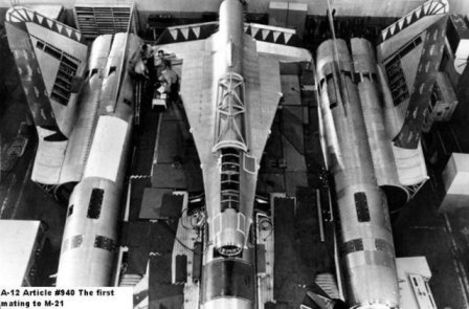
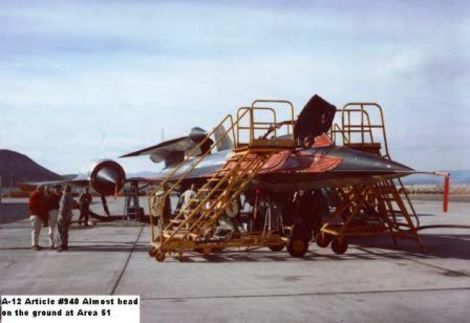
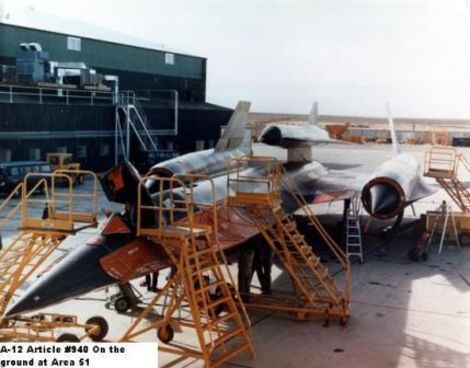
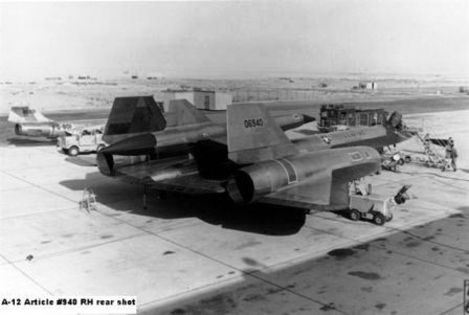
Captive carry tests began in late 1964 and continued on through the following year. Initially, aerodynamic covers were placed on the inlet and exhausts of the D-21s, however, no way of safely ejecting the covers was found, and after the rudders on the M-21 were damaged, the covers were deleted. The first (60-6940) and second M-21 (60-6941) both participated in the captive carry trials, but the second performed all of the launches, with the first flying chase. The first launch of a TAGBOARD drone occurred in March of 1966 and was a success, despite the D-21 spending several seconds hovering just above the M-21. The second launch was undertaken in April, and was mostly successful, though the drone was lost after a hydraulic pump failed. A third launch in June completed a full flight profile, though the hatch failed to eject (something that would plague the TAGBOARD throughout its operational lifespan). The fourth launch would prove to be the last from the back of an M-21. The previous three launches were accomplished with the larger plane in an outside loop, in effect a 0.9g dive. The fourth flight would be under “real world” conditions, with the M-21 (-6941) flying straight and level. Unfortunately, the D-21 was unable to separate from the M-21's shockwave, and rebounded into the back of the mothership, with the resulting explosion cutting the M-21 in half. The pilot and LCO ejected, but the latter drowned when his pressure suit took on water.
After the accident, the remaining M-21, -6940, was placed in storage, and testing was continued with modified D-21s now being launched from a B-52H. The D-21Bs sported a solid rocket booster to accelerate to the ramjet’s operating speed, as well as command and telemetry systems to track and guide the drone.
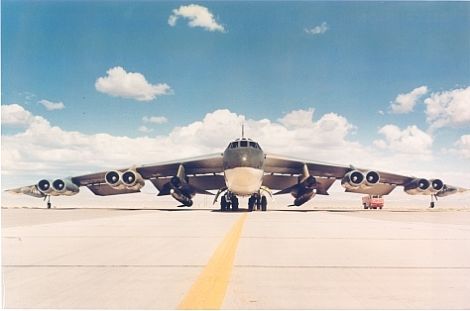
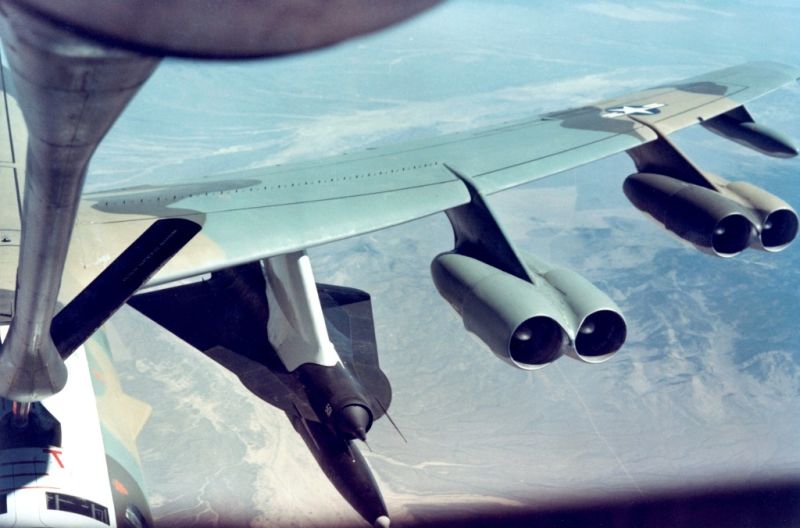
Testing resumed in September of 1967, however in an inauspicious manner, as the D-21 fell off the pylon due to a stripped bolt. Four more test flights ended in failure, and the Skunk Works undertook a thorough review of the program. In June of 1968 a test was completed successfully, followed by two more failures, then another success, another failure, then finally in 1969 two more completed flights.
In November of 1969 the USAF initiated SENIOR BOWL: operational flights of the D-21B over the People’s Republic of China. Four missions were undertaken by the 4200th Support Squadron’s B-52s, flying from Anderson AFB in Guam, between 1969 and March of 1971. None of the D-21s were spotted by the Chinese military, but none of them completed their missions either. The first failed to make the turn at the end of its photography run and continued on to self-destruct and crash in the Soviet Union. The US was unaware of what happened until 1986, when a KGB agent turned over a piece of the drone to the CIA, who passed it on to Ben Rich. The second mission flew over the Chinese nuclear weapons facility at Lop Nor, but the hatch was not recovered due to an equipment failure. The third mission also (presumably) photographed Lop Nor, but the JC-130 missed its attempts to snag the parachute, and the hatch was run down by a destroyer attempting to recover it. The fourth and final mission failed when the drone crashed into the Yunnan province. Government officials discovered the wreckage, and it was eventually put on display.
With the failure of the SENIOR BOWL missions, and President Nixon’s overtures to China bearing fruit, the D-21s were retired in 1971. First stored at Norton AFB, they were later moved to the Boneyard at Davis-Monthan in 1976. The formerly top secret UAVs were covered with simple tarps and Spray Lat, and were quickly spotted by a tour group after the tarps had been blown off.
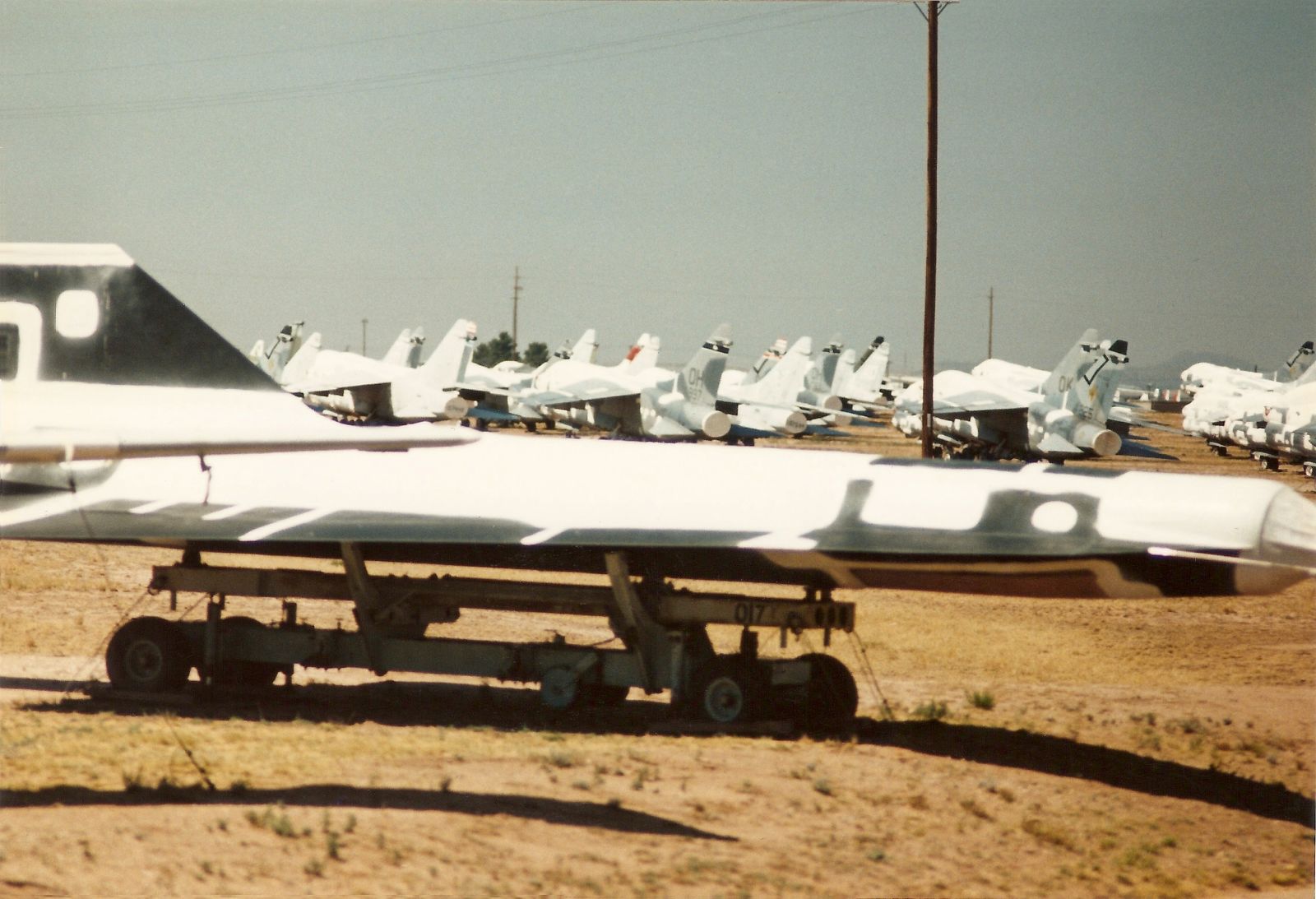
The USAF referred to the drones as GTD-21Bs (Ground Test, Drone), but offered little more details. The true story of the D-21 was finally revealed in the mid-1990s, along with the rest of the Oxcart Program. The remaining M-21, along with the 17 surviving D-21s, were distributed to museums around the country.